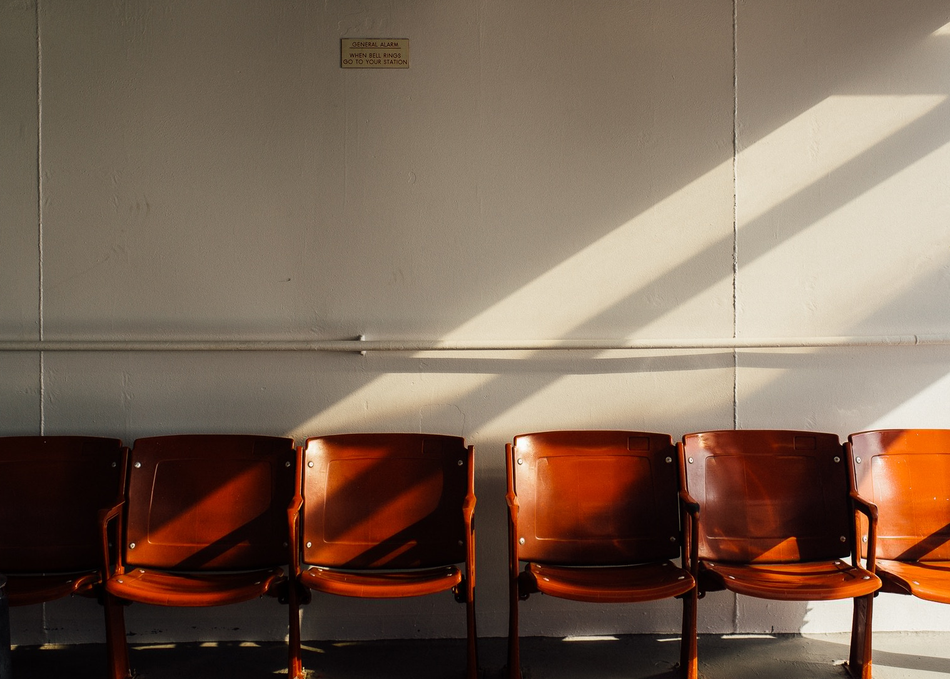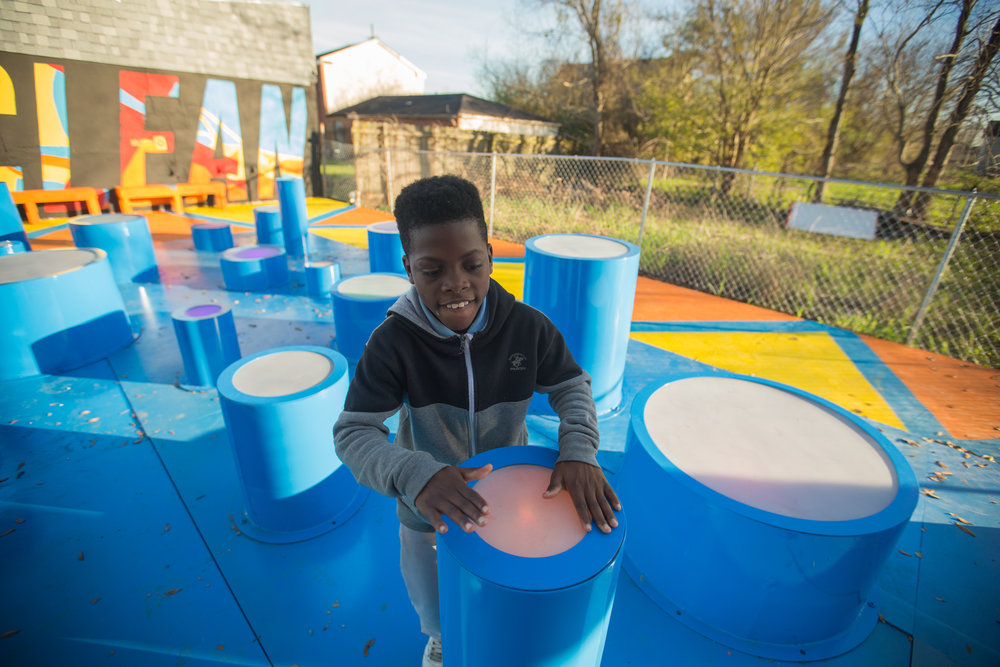Being a true Bostonian, and a long-time fan of the Museum of Science (MoS), of course I had to attend all of the sessions hosted by the MoS at SXSW.
I grew up going to field trips at the MoS and even attending a sleepover in the bird wing. As a adult I attended planetarium shows hosted by my friend and co-worker, Ari Daniel, and scoured the job listings for employment opportunities. But alas, I only made it to final interviews (one day hopefully!).
The first session that I attended, “Do it in a Dome! The Planetarium as an Arts Medium,” featured Monica Bolles from Resonant Interactions, Ben Gondrez from the Fort Collins Museum of Discovery, and Danielle LeBlanc and James Wetzel from the MoS. I learned about the world of the fulldome, which I didn’t even know existed. Prior to this panel, I was very familiar with planetariums, but had no idea how much work was being done to explore the medium.
I was blown away by J-Walt’s Lucid Dreamscapes and the work being done in fulldome gaming. I was also impressed by how the Fort Collins Museum of Discovery organized a makerspace/meetup in their planetarium as an educational opportunity to create content. I also loved the idea of the Dome Artist in Residence program, as a way to explore planetariums as a medium for art.
In particular, I loved how the MoS is using the planetarium as a new venue for musicians and shows in Boston. Back in Boston, I was always looking for fun events to attend in my free time. Having attended Ari Daniel’s Stories Under the Stars for two years running, I can say that I am a huge fan of the planetarium as a storytelling medium. (Also, a huge fan of Ari Daniel as a storyteller.)
Although this panel did give me huge FOMO (fear of missing out). Wetzel talked about the drag shows that he’s been organizing at the planetarium, and his future plans for a music festival this summer. Never have I wished I was back in Boston so badly.
But this wasn’t the only MoS session that I attended. In the afternoon, I attended James Wetzel and Lisa Monrose’s “Waiting Rooms: A Building-Sized Installation.” Which again, made me have huge FOMO. I can’t believe I missed this event back in Boston, and really hope that they do it again.
With architect Nathalie Pozzi and game designer Eric Zimmerman, they organized an experiential participatory experience that took place across the entire museum. Guests were thrown into the experience with no explanation. As soon as they arrived, they were split from their group and commanded to follow the blue lines. Guests had to figure out the unspoken rules enforced by guards, and their roles in the experience. In order to enter rooms or leave them, they had to pay an arbitrary amount of currency in the form of tickets, pennies, and candy, that were earned in a specific way in each room.
Each room was like a puzzle. In one room, guests could accumulate currency just by sitting in a chair. In another, they had to line up by height, only the shortest people in the room could leave. My favorite described was the bingo room, in which guests had to win bingo to leave. However, the boards were tiny, the pieces were made of confetti, the guards walked around quickly causing the confetti to blow off, and the announcer either announced numbers very quickly or very slowly. All of these puzzles were designed to tap into the guests’ frustrations.
At the end of the night, the experience abruptly ended, and guests were guided into the planetarium for a town hall with the creators and a psychologist. Guests could share their frustrations and joys. The experience was designed as a metaphor to explore “bureaucracy, immigration, economic inequality, and the systemization of contemporary life.”
This experience was powerful in using simple, mundane tasks to manipulate the emotional arc of guests. While I was really impressed by the gamification of these tough topics, I was really more impressed by the commitment of the adult programming producers to shift guests’ perspectives of the MoS as a venue for entertainment. They discussed afterwards how important these types of events are in attracting new audiences to the museum, and exploring how to get people to become members of the MoS for entirely different reasons than the normal programming.
I really appreciate how these events can bring new audiences into the fold. While this particular event is not directly STEM related, these topics are still relevant in the scientific field especially when it comes to the bureaucracy of research.
Aside from attending MoS talks on the second day of SXSW, I also attended a talk by Ryan Swanson, the founder of The Urban Conga. Swanson and his team build interactive installations for open-ended play to break down barriers in cities. Their motto is to activate the inactive; reinvigorating dead spaces in cities.
They started off guerilla style, installing swings in underpasses, driving across cities with their station wagon covered in graffiti, and rolling around 12ft beach balls in dangerous neighborhoods. Now they install Xbox Kinect murals, ping pong tables, and Marimba benches into cities (with their permission). They’ve also explored using conductive paint and theremin-like structures for sound installations. All of this with the goal of getting people to play together.
In this talk, I loved the central idea of play as a way to break down barriers. Play is something that we forget about as we grow up. As children, we’re told to play nicely with others and encouraged to play. But somewhere along the line, we stop playing. Or at least I stopped playing. This talk made me really think about how I can introduce play back into my life.
In the process of focusing on my career, working hard at my first job, applying to grad school, and being in grad school, I’ve forgotten to leave room for play. But play is so central to the work that I do. How can I hope to build experiences that transform, awe, and inspire, if I don’t personally ground my being into play? I hope that returning from this conference, I’ll think about creating more opportunities and space in my life to play.


